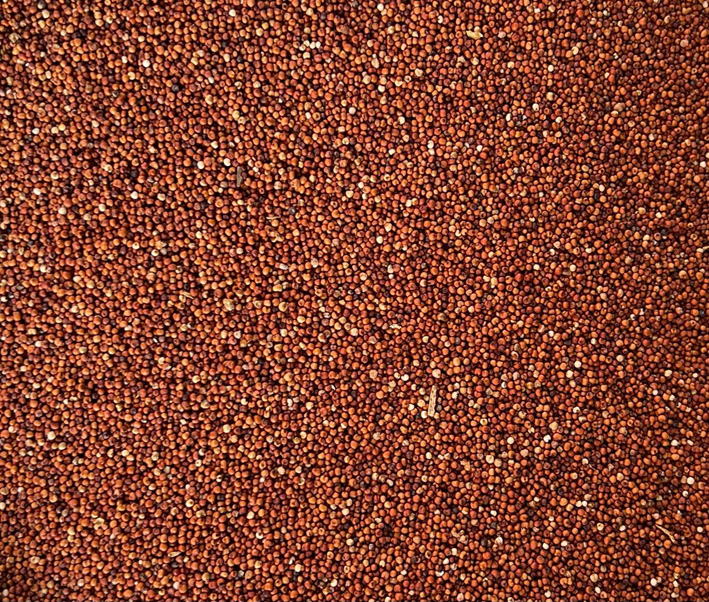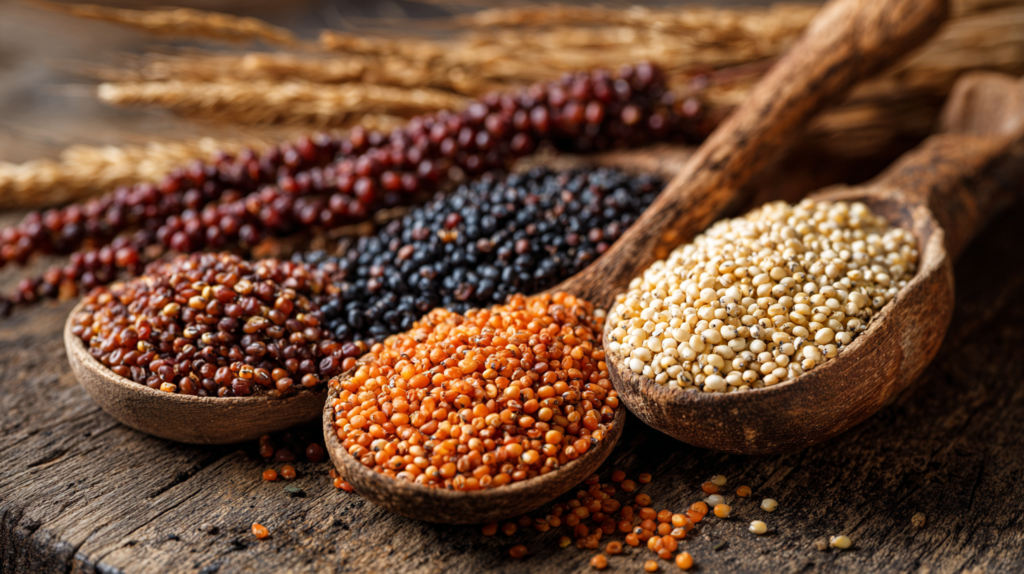African grains such as sorghum, millet, and teff are increasingly recognized for their significant role in livestock nutrition, especially as sustainable agriculture becomes a global priority. With exceptional nutritional profiles, adaptability to challenging climates, and their potential to enhance livestock health, these grains present an effective solution for sustainable cattle feeding practices.
Nutritional Advantages of African Grains
African grains are uniquely beneficial due to their impressive nutrient density. Sorghum, for instance, is rich in energy, protein, fiber, and essential minerals such as phosphorus and potassium. Its high digestibility makes it ideal for cattle feed, effectively promoting weight gain and overall animal health. Similarly, millet is recognized for its elevated protein content, superior amino acid profile, and essential fatty acids, crucial for livestock growth, reproduction, and immunity. Teff, an ancient Ethiopian grain, is rapidly gaining prominence due to its remarkable nutritional composition. It is a robust source of protein, calcium, iron, and dietary fiber, all essential components for healthy cattle development and dairy productivity. Including teff in livestock feed enhances milk yield and quality, offering tangible benefits to dairy farmers.



Supporting Livestock Health and Productivity
Integrating African grains into cattle diets significantly improves livestock health and productivity. These grains have a low risk of contamination compared to traditional feeds like maize, reducing the incidence of mycotoxins, a common issue adversely affecting cattle performance. Additionally, their high fiber content promotes optimal rumen function, improving digestion efficiency, animal growth rates, and overall herd health. Furthermore, African grains provide sustained energy release, essential for consistent weight gain and increased milk production. This enhanced productivity offers farmers substantial economic benefits through improved yields, higher milk production, and lower veterinary costs.
Sustainable Farming and Environmental Benefits
Beyond nutrition, sorghum, millet, and teff are excellent choices for sustainable agriculture. These grains thrive in arid and semi-arid environments, require minimal water and fertilizers, and demonstrate impressive drought resistance. Cultivating these resilient crops minimizes environmental impact and supports climate-resilient agriculture practices, making them ideal for regions susceptible to climate change. Additionally, incorporating locally-grown African grains into livestock diets reduces dependence on imported feeds, lowering costs and supporting local economies. This circular approach promotes sustainable agriculture, ensures food security, and builds resilient farming communities across Africa.
In conclusion, embracing African grains like sorghum, millet, and teff in cattle feed enhances livestock health, boosts productivity, and significantly contributes to sustainable agriculture and environmental preservation.
References
Mudzengi, C. P., Dahwa, E., & Kapembeza, C. S. (2020). Livestock feeds and feeding in semi-arid areas of Southern Africa. In Livestock health and farming. IntechOpen.
Beloshapka, A. N., Buff, P. R., Fahey Jr, G. C., & Swanson, K. S. (2016). Compositional analysis of whole grains, processed grains, grain co-products, and other carbohydrate sources with applicability to pet animal nutrition. Foods, 5(2), 23.
Hassan, Z. M., Sebola, N. A., & Mabelebele, M. (2021). The nutritional use of millet grain for food and feed: a review. Agriculture & food security, 10, 1-14.


